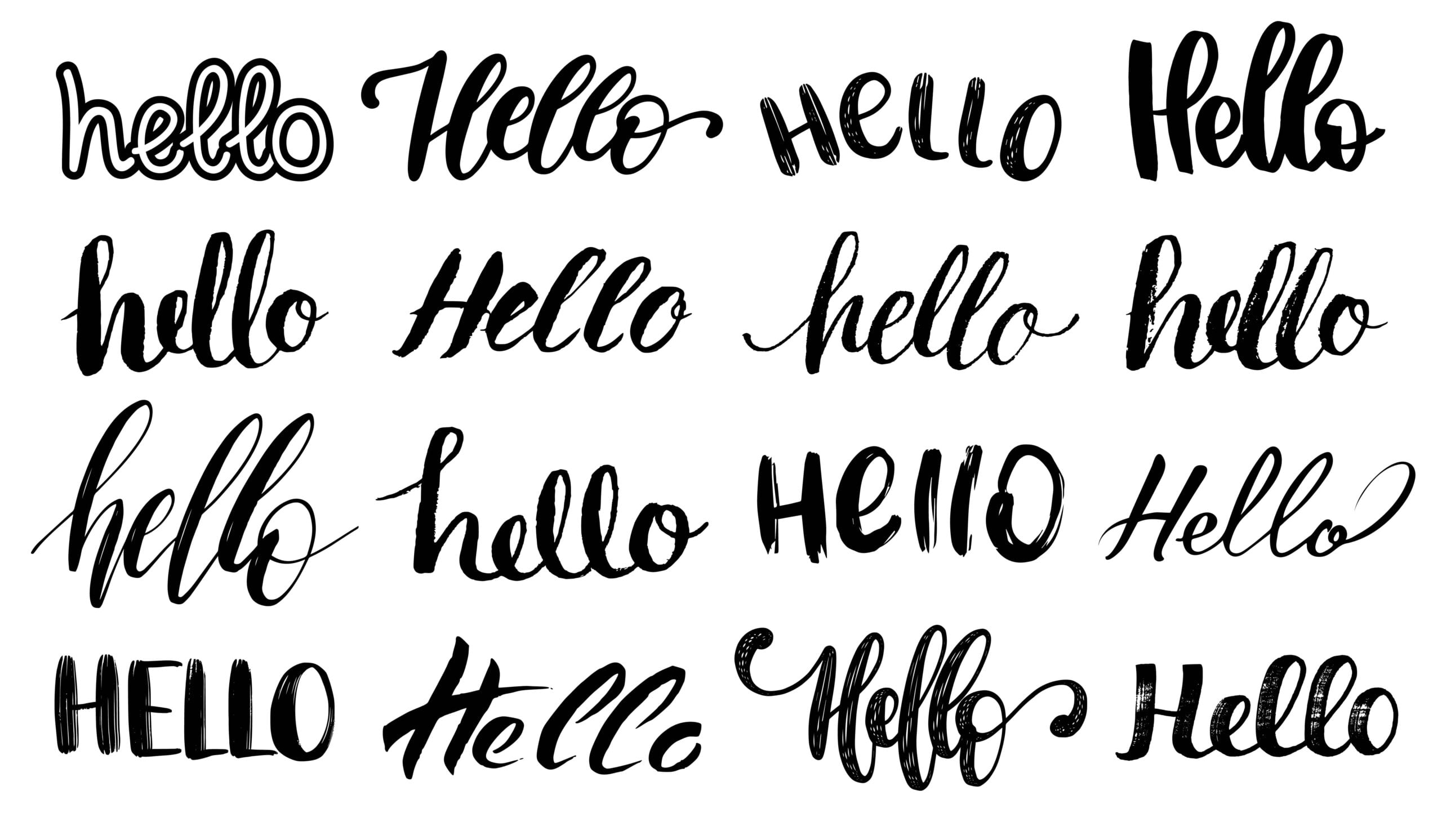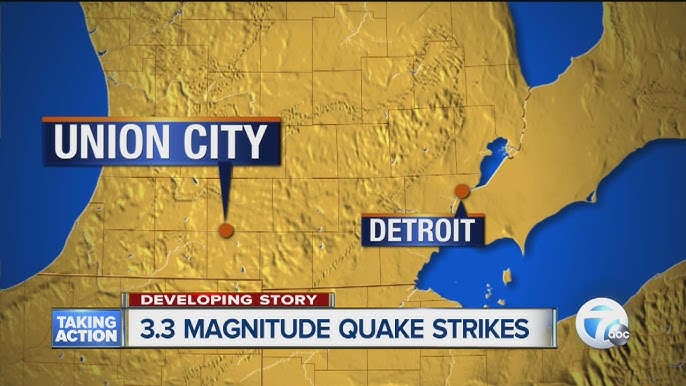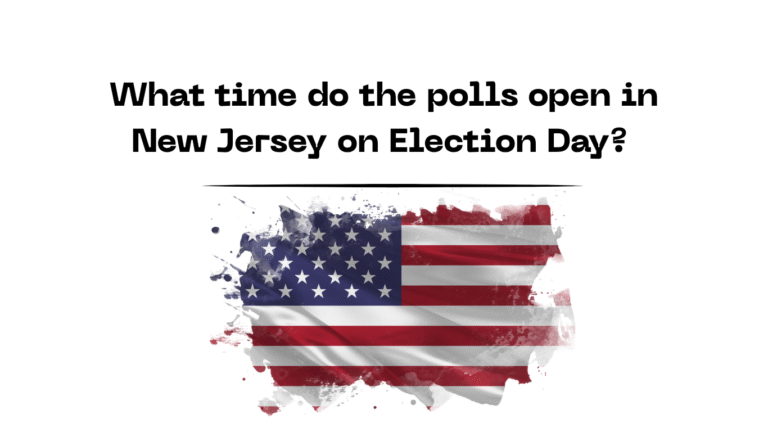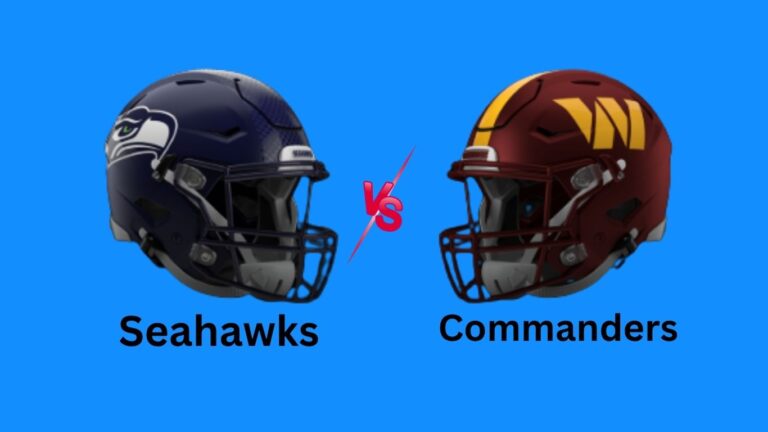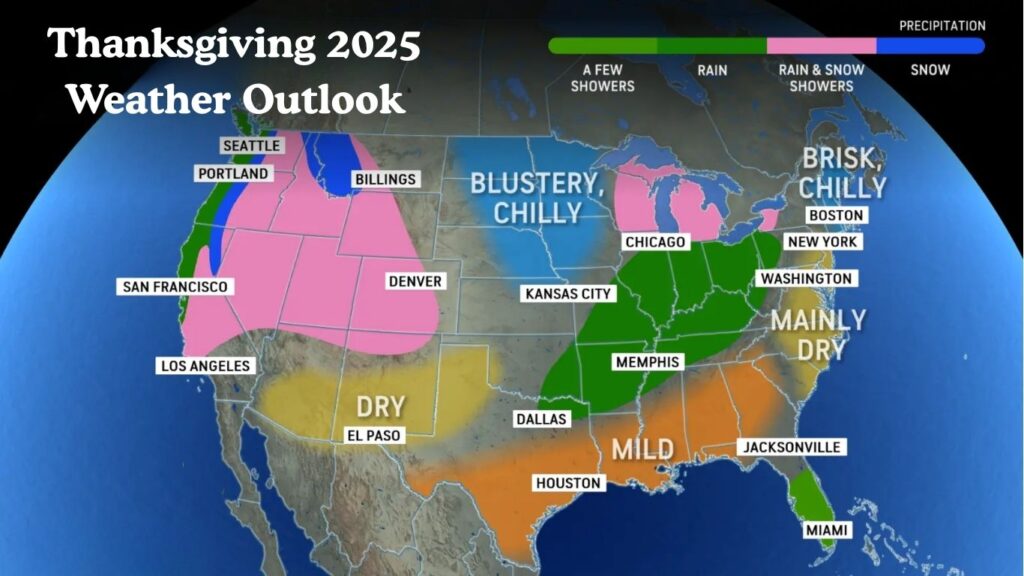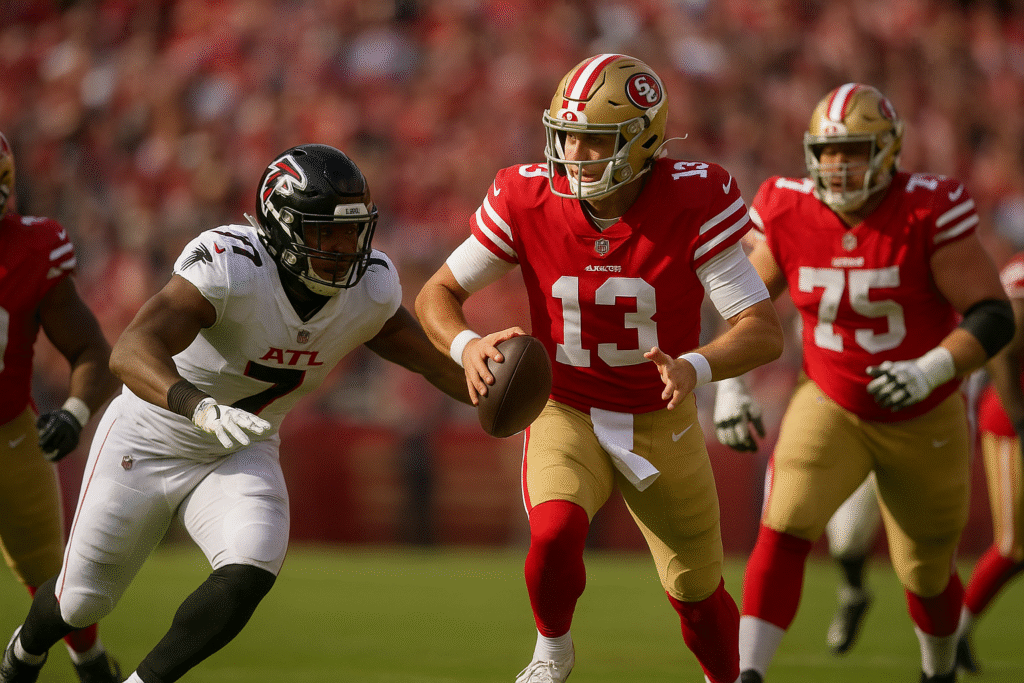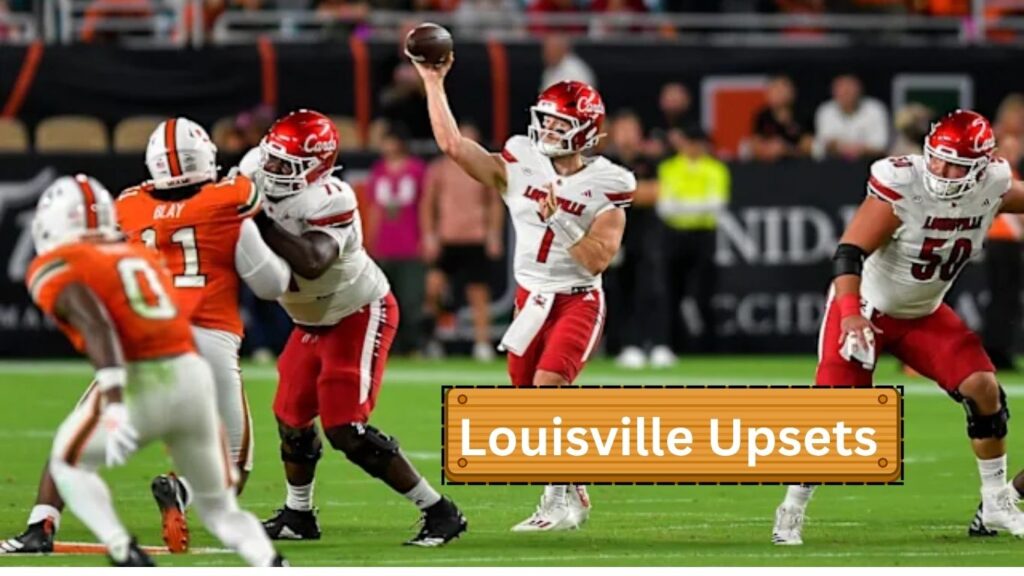The phrase “Hello there” is a familiar and friendly greeting, often used to initiate conversation in various settings. Despite its common usage today, the origins and evolution of this phrase offer a fascinating glimpse into the development of the English language and cultural communication practices. The history of “hello there” intertwines with the evolution of English greetings, showcasing how language adapts and changes over time.
The Birth of “Hello”
To understand the history of “hello there,” we must first explore the origins of the word “hello.” Contrary to popular belief, “hello” is a relatively recent addition to the English language. It first appeared in the mid-19th century, around the 1820s and 1830s. Before “hello,” people used greetings like “hail,” “good morrow,” and “how do you do” to begin conversations. The history of “hello” reflects the evolution of English greetings, illustrating how societal changes influence language.
The introduction of “hello” is often credited to the advent of the telephone. Alexander Graham Bell, one of the inventors of the telephone, initially suggested “ahoy” as the standard greeting. However, “hello,” derived from the earlier forms “hallo,” “hollo,” or “hullo,” quickly gained popularity. The word “hello” likely evolved from the Old High German word “halâ,” meaning “to fetch” or “to bring,” which was used to attract attention. This origin of “hello” marks a significant milestone in the history of English greetings.
The Addition of “There”
The phrase “hello there” combines “hello” with “there,” an expression that serves to direct the greeting towards someone, adding a layer of warmth and informality. The word “there” has been used in the English language for centuries to denote a place, location, or, in this context, presence. The origin of “hello there” as a popular greeting likely emerged naturally as a more casual and approachable way to greet someone.
The combination of “hello” and “there” likely became popularized in everyday language due to its friendly and engaging tone. While the exact moment when “hello there” became a common phrase is difficult to pinpoint, it probably emerged naturally as part of the evolution of English greetings.
Cultural Impact and Popularity
The phrase “hello there” gained significant cultural traction through literature, theater, and eventually, modern media. One of the most iconic uses of “hello there” in recent pop culture is in the Star Wars franchise. In “Star Wars: Episode III – Revenge of the Sith” (2005), the character Obi-Wan Kenobi, portrayed by Ewan McGregor, greets General Grievous with the line, “Hello there.” This moment has since become a beloved meme and a popular reference among fans. The cultural impact of “hello there” is evident in how it has permeated various aspects of media and daily interactions.
The use of “hello there” in such iconic moments has cemented its place in contemporary dialogue, further promoting its usage across various contexts. Today, “hello there” is often employed to break the ice, convey a sense of friendliness, and establish an immediate connection with the person being greeted. Its cultural impact highlights its role as one of the popular greetings in the English language.
Conclusion
The phrase “hello there” is a testament to the dynamic nature of language and communication. From its roots in the early 19th century to its current status as a widely recognized and warmly received greeting, “hello there” continues to evolve and adapt to the needs of social interaction. Its enduring popularity highlights the importance of approachable and personable communication in fostering connections between individuals. The history of “hello there,” alongside the broader evolution of English greetings, underscores the cultural impact and significance of popular greetings in the English language.

